Table of content
Mugwort cakes, known as aiye bing in Chinese cuisine, are a traditional treat celebrated for their earthy aroma, vibrant green hue, and unique blend of sweet and herbal flavors. These delicate pastries, often enjoyed during spring festivals or as a comforting snack, require precision and care to achieve the perfect balance of texture and taste. This article delves into the intricacies of creating mugwort cakes that are not only visually appealing but also bursting with flavor, offering step-by-step guidance, expert tips, and creative variations to elevate your culinary skills.
Understanding Mugwort: The Heart of the Dish
Mugwort (Artemisia argyi) is a aromatic herb native to temperate regions of Asia, Europe, and North America. Its leaves, rich in essential oils and nutrients, impart a subtle bitterness balanced by a refreshing grassy note. When incorporated into cakes, mugwort lends a distinctive taste while offering potential health benefits, such as aiding digestion and reducing inflammation. Selecting fresh, tender mugwort leaves is crucial—look for vibrant green foliage without blemishes, as older leaves may taste overly bitter.
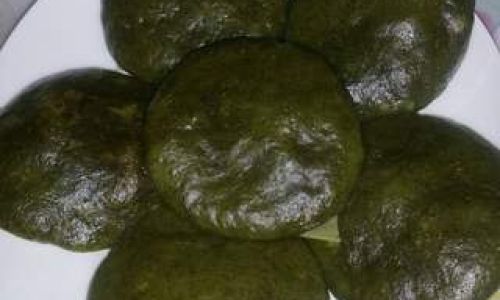
Ingredients: Building Blocks of Flavor
Crafting the ideal mugwort cake begins with assembling high-quality ingredients. Here’s a breakdown of the essentials:
- Mugwort Leaves (100g): Fresh is best. If unavailable, frozen or dried leaves can be used, though their potency may vary.
- Glutinous Rice Flour (200g): This sticky flour forms the cake’s soft, chewy texture. For a gluten-free alternative, use sweet rice flour.
- Rice Flour (50g): Adds structure and prevents excessive stickiness.
- Sugar (50–80g): Adjust to taste; brown sugar enhances earthiness, while white sugar offers neutral sweetness.
- Water or Coconut Milk (150–200ml): Controls dough consistency. Coconut milk adds richness.
- Salt (Pinch): Enhances flavor balance.
- Optional Fillings:
- Sweet: Red bean paste, black sesame, or lotus seed paste.
- Savory: Minced meat, mushrooms, or pickled vegetables.
- Neutral Oil (for frying): Use peanut or vegetable oil for crispy results.
Preparation: From Leaf to Dough
Cleaning and Blanching Mugwort
- Rinse leaves thoroughly under cold water to remove dirt.
- Blanch in boiling water for 30 seconds to soften fibers and reduce bitterness.
- Shock in ice water to preserve color, then drain and squeeze out excess moisture.
Creating the Mugwort Puree
- Blend blanched leaves with a splash of water until smooth. Strain if desired to remove fibrous residue.
Mixing the Dough
- In a large bowl, combine glutinous rice flour, rice flour, sugar, and salt.
- Gradually add mugwort puree and liquid, stirring until a cohesive dough forms. Avoid overmixing to prevent toughness.
- Knead lightly until smooth, then rest for 15–20 minutes to hydrate fully.
Shaping and Filling: Precision Meets Creativity
Portioning the Dough
- Divide dough into 30–40g balls (golf ball-sized) for manageable cakes.
- Flatten each ball into a disc, leaving edges slightly thicker to prevent leakage.
Adding Fillings
- Sweet Fillings: Place 1–2 tsp of paste in the center. Gently pinch edges to seal.
- Savory Fillings: Use slightly larger portions (1–1.5 tbsp) and ensure even distribution.
- Unfilled Cakes: For a minimalist approach, omit fillings and shape into patties.
Shaping Techniques
- Classic Round: Flatten sealed balls into ½-inch thick discs.
- Floral Patterns: Use a mold or back of a knife to create decorative grooves.
- Dumpling Style: Fold edges into pleats for a crescent shape.
Cooking Methods: Steaming, Frying, and Beyond
Steaming: Preserving Purity
- Line a steamer basket with parchment or cabbage leaves to prevent sticking.
- Arrange cakes 1 inch apart and steam over medium heat for 12–15 minutes.
- Pro Tip: Brush cakes with oil post-steaming for a glossy finish.
Pan-Frying: Crispy Perfection
- Heat oil in a non-stick pan over medium-low heat.
- Fry cakes 3–4 minutes per side until golden and crisp.
- Pro Tip: Cover the pan to ensure even cooking and prevent burning.
Baking: A Modern Twist
- Preheat oven to 375°F (190°C).
- Bake on a parchment-lined tray for 15–20 minutes, flipping halfway.
- Pro Tip: Brush with egg wash for a golden hue.
Troubleshooting Common Issues
- Dough Too Sticky: Dust hands with rice flour or add 1–2 tbsp glutinous rice flour.
- Cakes Collapsing: Steam on high heat initially to set structure, then reduce to medium.
- Bitter Aftertaste: Increase sugar slightly or pair with sweet fillings.
- Dry Texture: Reduce cooking time or wrap cakes in a damp cloth while steaming.
Flavor Variations and Pairings
- Sweet Enhancements: Serve with honey, coconut flakes, or a sprinkle of toasted sesame seeds.
- Savory Pairings: Pair with chili oil, soy sauce, or pickled ginger.
- Herbal Infusions: Add a splash of matcha or pandan extract to the dough for layered complexity.
- Dietary Adaptations: Use monk fruit sweetener for sugar-free options or almond flour for a keto-friendly twist.
Storing and Reheating
- Refrigeration: Store in an airtight container for up to 3 days. Reheat by steaming or microwaving.
- Freezing: Separate layers with parchment and freeze for up to 2 months. Thaw before cooking.
Cultural Significance and Modern Adaptations
Mugwort cakes hold a revered place in Chinese folklore, often associated with warding off evil spirits and promoting health. Today, chefs and home cooks alike experiment with innovative fillings and presentations, from matcha-swirled cakes to vegan iterations stuffed with roasted vegetables. This adaptability ensures the dish remains relevant while honoring its heritage.
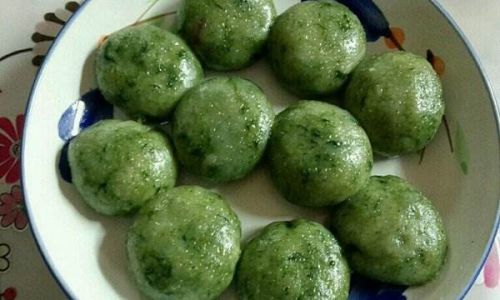
Conclusion: The Joy of Handcrafted Delights
Mastering mugwort cakes is a journey of patience and creativity. By respecting tradition while embracing experimentation, you can transform simple ingredients into a culinary masterpiece. Whether enjoyed fresh from the steamer or fried to golden crispness, these cakes offer a taste of spring and a connection to centuries-old culinary wisdom. So, roll up your sleeves, savor the aroma of mugwort, and let your kitchen become a stage for this timeless delight.
Word Count: 1,350

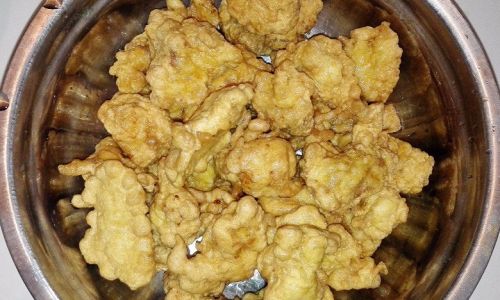
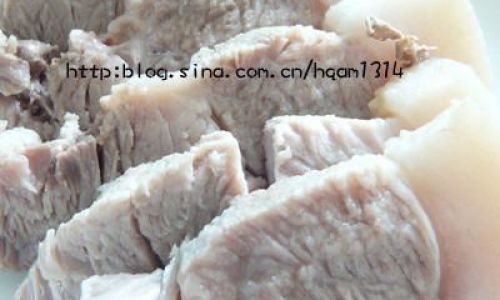
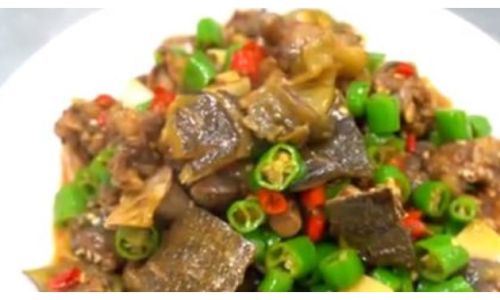

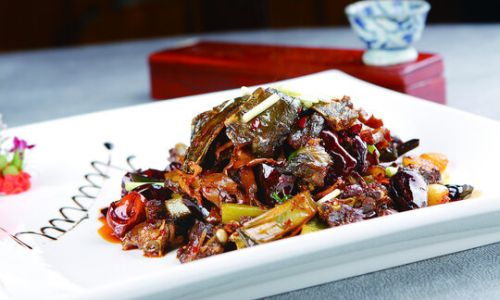
0 comments